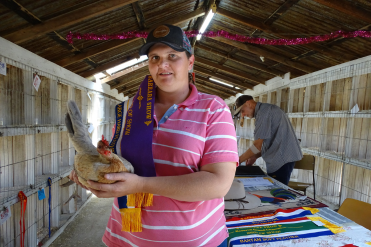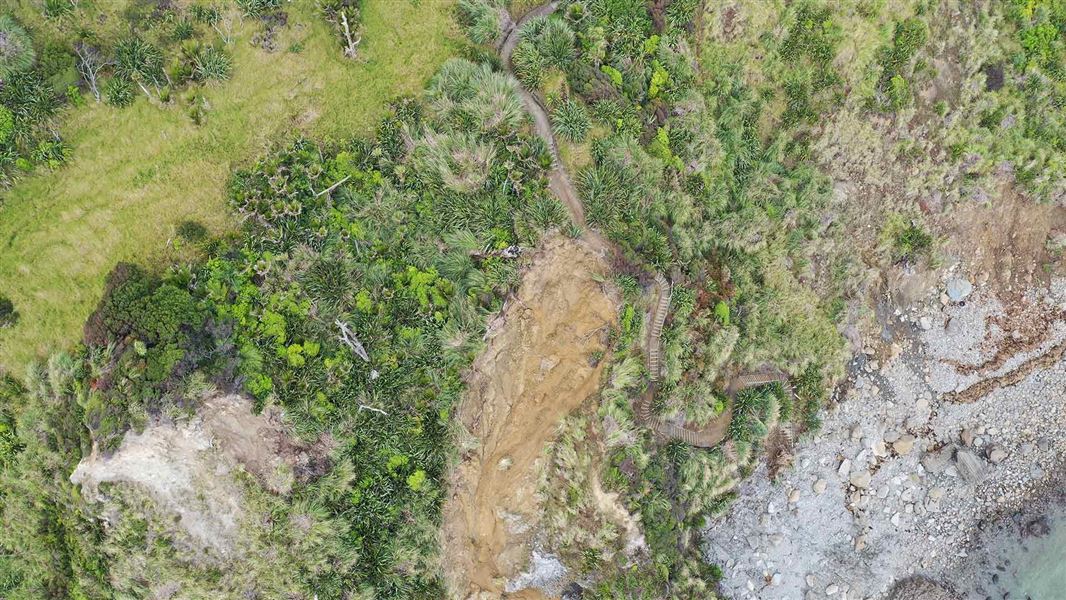- Animals and humans make decisions that maximise their future opportunities
- More friends means more opportunities – suggesting this is how social co-operation developed
- Fundamental principle of intelligence developed by University of Warwick physicists
- Has applications in artificial intelligence, robotics, farming, and even computer generated imagery
Why did you choose your job? Or where you live? Scientists at the University of Warwick have discovered that it was probably to keep your options as open as possible – and the more we co-operate together, the more opportunities are available to us.
Using flocks of birds as a model, they have shown that birds of a feather will indeed flock together to maximise the information they have access to and to give them the most future options when flocking.
The discovery by Henry Charlesworth and his supervisor Professor Matthew Turner published on 15 July in Proceedings of the National Academy of Sciences and provides a clue to the emergence of social co-operation in animals by explaining how individuals gain greater advantages by working in groups. The research was partially funded by the Engineering and Physical Sciences Research Council (EPSRC), part of UK Research and Innovation.
The researchers sought to gain a better understanding of collective motion, like that seen in a flock of birds, a herd of animals, an insect swarm or a human crowd.
They created a computer simulation, using bird flocks as a model, in which the ‘birds’ perceived a visual representation of the world around them, as if through a simple retina. They then programmed them with an algorithm based on the principle of Future State Maximisation (FSM), so the ‘birds’ would move to maximise the number of different visual environments that they expect to be able to access in the future.
The way they move together resembled animals in several ways, including cohesion (they stick together), co-alignment (they fly in roughly the same direction as their neighbours) and collision suppression, none of which were specifically programmed into the model. This demonstrates that there is a fundamental advantage to the ‘birds’ in working together.
Professor Matthew Turner, from the University of Warwick Department of Physics, said: “We adopted a hypothesis that birds are agents that want to maximise their future freedom, and then we asked what the consequences are of that. It looks like it generates dynamics that are extremely similar, even at the quantitative level, to a bird flock. That begs the question of whether this principle is actually the fundamental organisational principle in birds, and possibly in all intelligent life?
“We start from this low-level principle and are able to predict that these agents will move together, what density they will target, what kind of level of order they’ll target. All of these things look remarkably similar to what you get in animal systems.”
The algorithm is similar to ‘tree searches’ that have been used for a number of years in applications like chess programs. Chess algorithms would build tree searches of future lines of play and then select those lines that give them the maximum future options, among other factors.
The discovery has applications in a host of fields such as in robotics, drone swarms, farming and even CGI graphics, where creating realistic swarms is seen as a gold standard.








